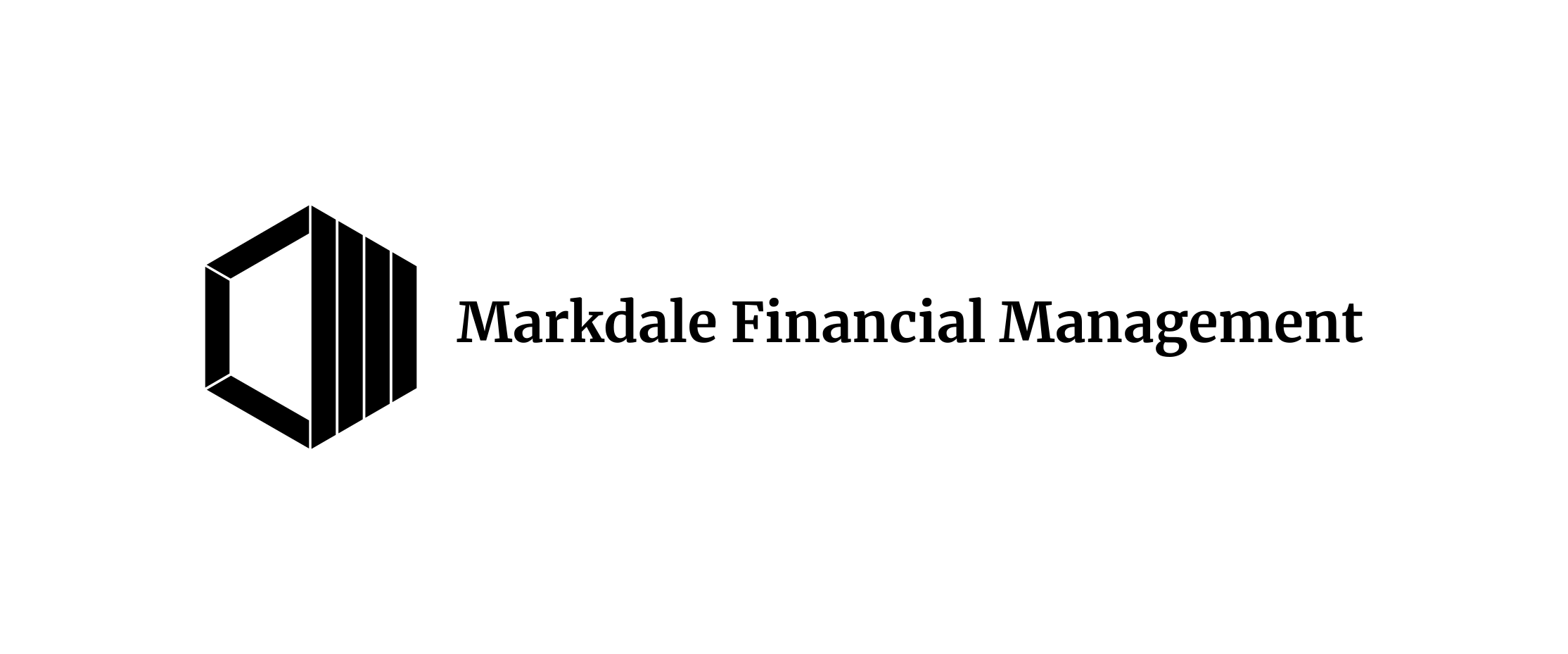Donate to Eliminate: Maximizing Charitable Impact
The Donate to Eliminate strategy is a practical approach for donors wishing to use the exemption from capital gains tax on donations of apricated securities. This strategy ingeniously uses a tax strategy to support philanthropic goals. By focusing on the donation of appreciated public securities, such as stocks, this method not only amplifies the value of charitable contributions but also smartly navigates the elimination of capital gains taxes.
In this post, we’ll explore the mechanics and benefits of the Donate to Eliminate strategy. This includes a basic understanding of capital gains taxes, the exemption of capital gains tax for donated securities, and the practical aspects of implementation. Whether you’re an individual investor or managing assets through a holding company, donating to eliminate offers a unique opportunity to align your investment portfolio with your philanthropic goals.
Capital Gains Basics
Capital gains represent the profit made from the sale of an investment.
Sale Price – Purchase Price = Capital Gain.
Let’s say an investor purchases shares of stock for $10,000. But, those shares are now worth $30,000. The investor has an unrealized capital gain of $20,000.
If the investor were to sell their shares, they would be subject to capital gains taxes. For example, investors with more than $250,000 of income may pay a capital gains tax rate of almost 27%. This could mean an investor with a capital gain of $20,000 may owe more than $5,300 of capital gain tax on the sale of their shares.
Capital Gains Exemption for the Donation of Appreciated Securities
For many years, Donald K Johnson led the lobbying effort on behalf of the Canadian charitable sector to eliminate the taxation of capital gains for gifts of public securities. Finally, in 2006, he was successful. The result is that the donation of public securities made to registered charities in Canada are not subject to capital gains tax.
This tax rule ushered in a new era of charitable giving in Canada. Today, Canadians donate billions of dollars worth of capital each year in the form of public securities.
So how can investors use this rule to amplify their philanthropy while also reducing (and sometimes eliminating) their taxes?
Donate to Eliminate: Key Concepts
The donate to eliminate strategy is used by donors to eliminate their capital gains taxes owed on the sale of public securities like stocks. It works because investors can use the capital gains exemption combined with the charitable tax credit generated from the donation of appreciated securities to eliminate the taxation on the remaining sale of appreciated securities.
But, let’s be clear, if your goal is more in your own pocket then you’re better off simply selling your appreciated securities and paying the tax. The donate to eliminate strategy is only favourable to investors who want to eliminate tax for the benefit of charity.
Let’s consider the example of an investor who has $30,000 worth of stock with a cost of $10,000. They have an unrealized capital gain of $20,000 and let’s assume they have a capital gains tax rate of 25%. To eliminate their tax, the investor could donate $7,500 worth of shares to eliminate their tax on the sale.
In this case, donating a quarter of the investor’s shares would provide enough of a charitable tax credit to offset the capital gains tax associated with the sale of the remaining shares. Plus, the capital gains associated with the donated shares would not be subject to tax. The net result of the tax credit and the elimination of capital gains tax on the donated shares is the netting out of capital gains tax on the remaining sale of shares.
Are You Philanthropic?
Remember, the numbers will be different each time such a donation/sale scenario is contemplated. So be sure to work with your investment advisor and accountant to calculate the optimal number of shares to donate that will result in the elimination of the associated capital gains tax. And, let’s also remember that any such charitable donation will result in less capital in the investor’s pocket overall. Since the investor is making a charitable gift to reduce their taxes owing.
If your goal is getting the most after-tax dollars in your own pocket, don’t make a charitable donation. Simply sell your shares and pay the associated tax. The donate to eliminate strategy only helps investors who have philanthropic goals. If you’re a wealthy investor like the ones our family office works with, you’ll have more capital than you require for your own material consumption, and philanthropy is part of your financial plan.
Donate to Eliminate: Determining Steps
After deciding that a charitable donation is desired, but before making any donation of appreciated securities to eliminate the capital gains tax, the investor should consider which securities to donate. In most cases, this means the taxable security with the greatest percentage unrealized capital gain. Not the greatest dollar value capital gain. Donating the greatest percentage gain will maximize the taxable benefit of donating appreciated securities.
In many cases, investors may need to donate several securities in ranking order of the highest percentage appreciated to make-up the value of the donation size they are targeting. For example, if a donor who wants to donate $1 million dollars and the highest percentage unrealized gain in their portfolio only represents $500,000 of value, they may need to donate several securities to meet their philanthropic goals.
In other scenarios, an investment advisor may recommend the sale of several stocks from a portfolio. And to mitigate some of the associated capital gains tax while also providing a benefit to charity, the donor may want to determine which (and how much) of each security to donate to eliminate the capital gains tax associated with the recommended sales. The security with the highest percentage unrealized gain should be donated first, while others may be sold outright in conjunction.
Confirm Your Objectives
Investors planning to donate appreciated securities should consider how the donation will impact their overall portfolio objectives. Obviously, if shares are donated, they are no longer held in the portfolio. So, it might make sense to donate securities strategically, so the asset allocation or portfolio remains balanced. And in these cases, investors should also consider superficial loss rules if donated securities will be re-purchased in the future.
Donate to Eliminate: Administration
Once the securities have been identified, how should donors process their donation? In many cases, donors will use Donor Advised Funds (DAFs) to process donations of stocks. This is because many DAFs provide the ability to accept stock, issue donation receipts, and then hold or sell the securities as desired. Many brokerage firms now either manage their own DAFs or work with partner DAFs, so they are capable of processing securities donations in a timely accurate manner seamlessly.
Some charities accept donations of stock directly. And, many wealthy donors also use their own private foundations to accept donations of securities. Since, if the investor is using a DAF, they will likely be charged a fee for the service.
When the investor makes the donation, they will probably need to fill out a form specifying the number of shares they wish to donate, and their account details, etc. The form will need to be signed and then filed with the broker holding the securities or the DAF or charity receiving the shares. It is important for donors to ensure their authorization is executed immediately so that the donation tax receipt value is in line with any corresponding sale for tax planning purposes. If there is a delay, the market value of the underlying securities will change and this in turn will impact the donation tax receipt value.
Impact of AMT Changes and Holding Company Assets
Recent proposed changes to the Alternative Minimum Tax (AMT) may have an impact on donors wishing to donate appreciated securities. In many cases, it may be advantageous to make appreciated securities donations using a corporation instead of in a donor’s personal name.
If investors consider donating using a holding company instead of from their personal name, they may want to shift appreciated securities into a holding company beforehand using a section 85 rollover.
Our Family Office
At Markdale Financial Management, our family office has extensive experience dealing with the donation of appreciated securities, donate to eliminate strategies, and charitable gift planning in general. We also manage charitable foundations for ourselves and on behalf of our clients. We are also members of the Canadian Association of Gift Planners and Philanthropic Foundations Canada and so have an extensive network of professionals we work with.


Leave a Reply